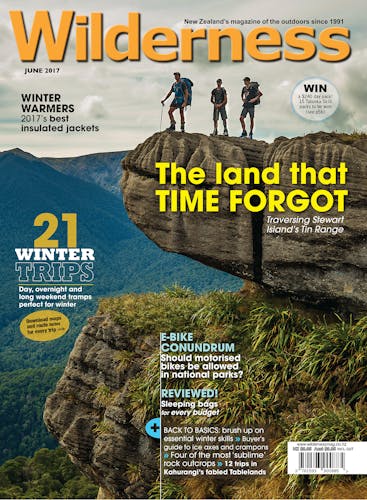Price:
$549.99
Our Rating:
The Questar HD is a technical three-season down bag, and the way it works with a sleeping pad is its standout innovation. Because down insulation relies on loft in order for it to work, the down on the underside of sleeping bags is largely useless when compressed under the weight of the occupant’s body. Therm-a-Rest’s solution is to reduce down on the underside to a minimum, and rely instead on the insulation provided by the sleeping mat. I’ve long been frustrated by the issue of ‘dead-weight’ down, so I’m a fan of this feature, and I like the fact it can be customised for different seasons by the choice of sleeping mat it is paired with.
Removable ‘synergy-link’ straps attach the bag to a sleeping mat. The idea is to reduce the chance of rolling or sliding off the mat. Good in theory, but I still ended up partially off my mat. (I was using a mummy-shaped mat; it would possibly work better with a rectangular mat.)
The hydrophobic 650-fill down is billowy and the bag a luxury to lie in: snug without being suffocating. A plump neck baffle and anatomical hood provide full protection against drafts. Lastly, there is a zip-pocket and a foot compartment – a ‘Toe-asis’ – at the bottom of the bag. It’s the kind of feature that wins people over.
Weighing 1038g, and with a comfort rating of -6˚C, it’s not the lightest three-season bag, but it is one of the warmest. Rather than going for light weight, Therm-a-Rest has opted for durability and water-repellency. The shell is a fairly robust 20D ripstop nylon with a DWR coating, and the down is quick-drying and hydrophobic.
After a few damp nights in an alpine camp, I found the bag performed admirably, though the heavier, water-resistant fabric reduced breathability, making me feel clammy on warmer nights.
This is an excellent bag. Its only real pitfall is its bulkiness when packed: it occupies the volume of an average two-person tent. But that can be remedied by using a compression sack.








